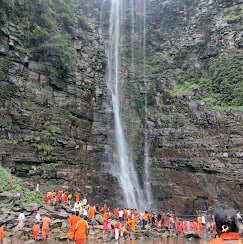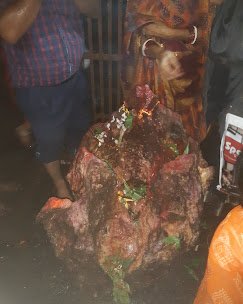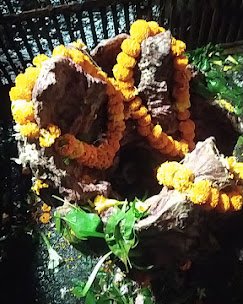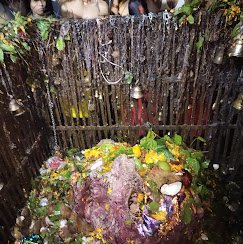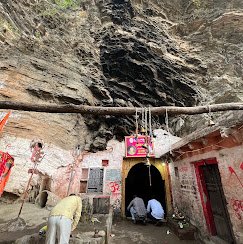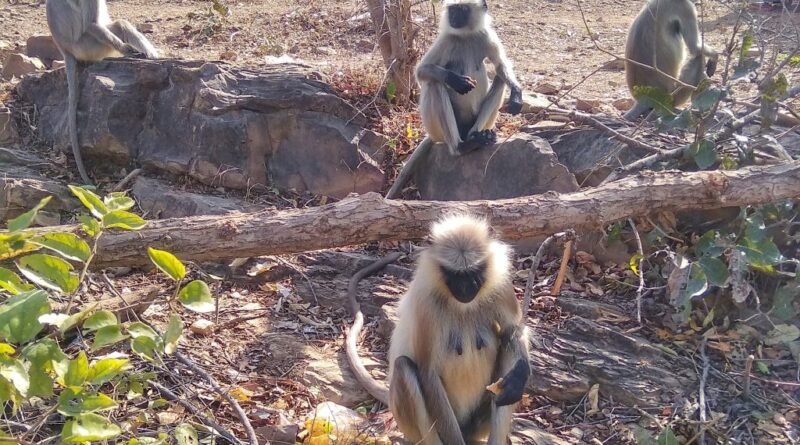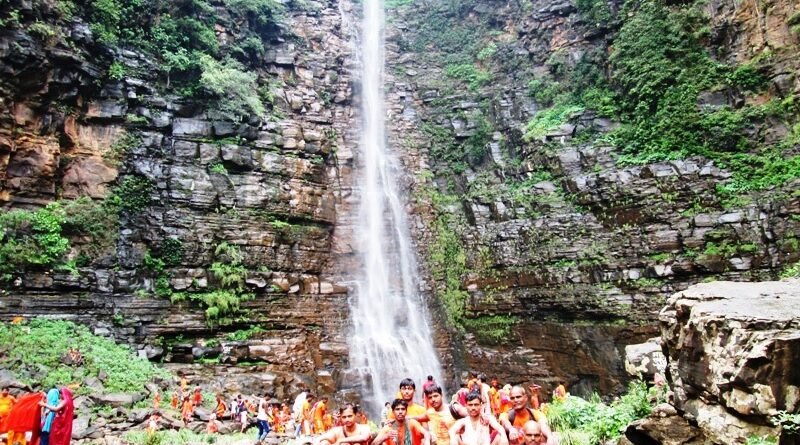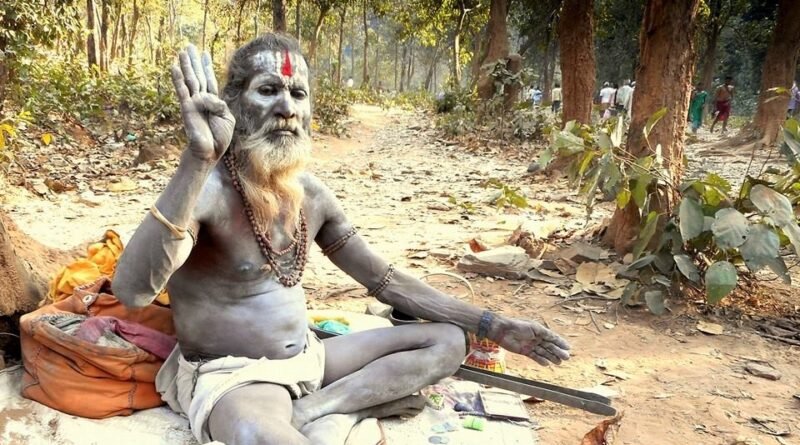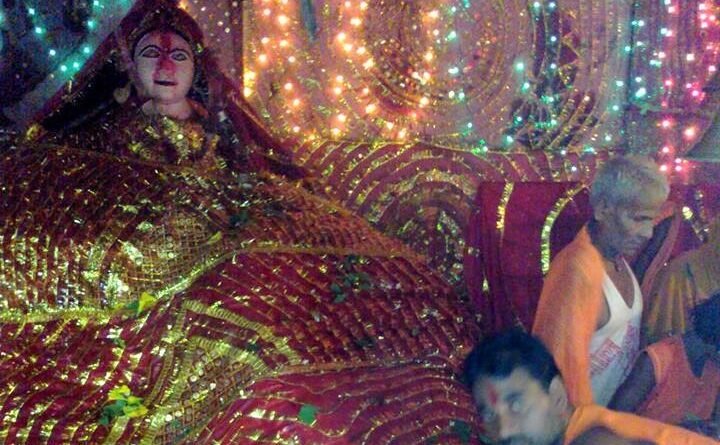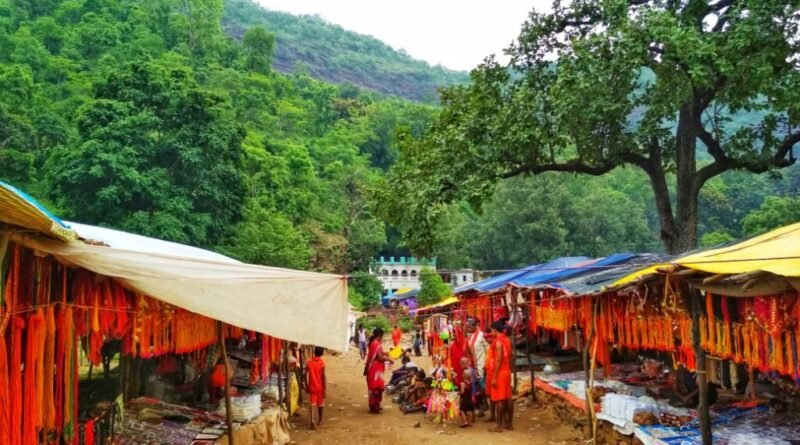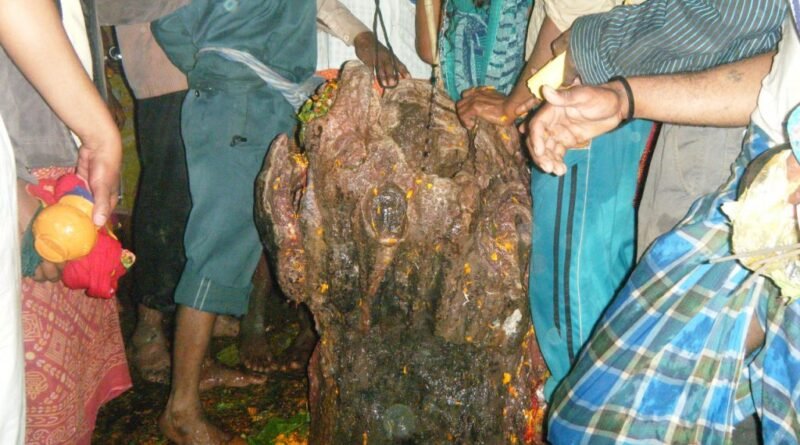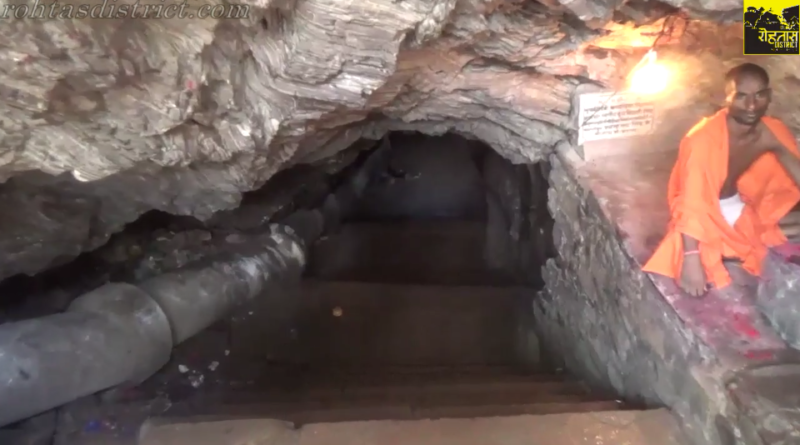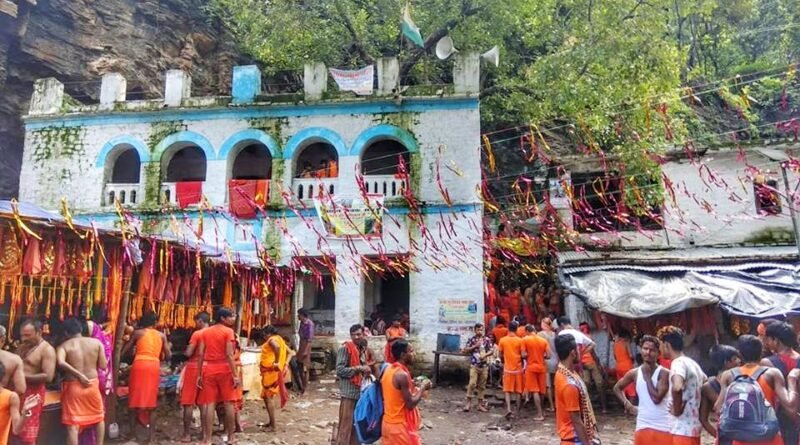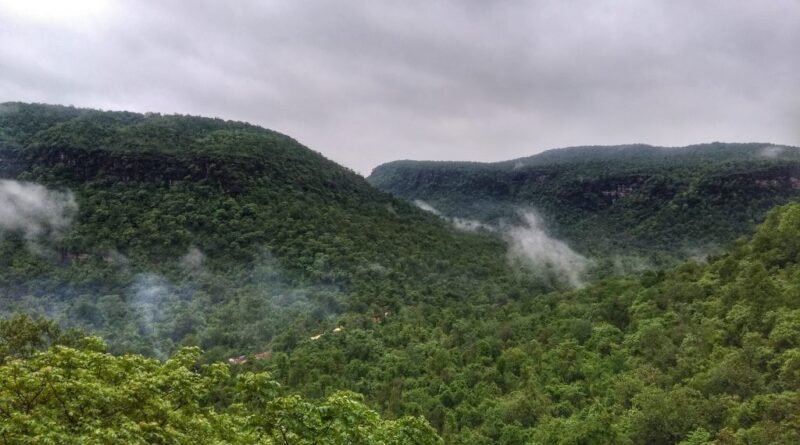Gupteshwar Nath Mandir Bihar
Guptadham: Mountain climb, jungle tour and darshan of Baba Gupteshwar Nath located in the cave.
An adventurous and pleasant journey. Mountain ups and downs, plains, waterfalls, rivers, forests, everything is available in this journey. This journey is to Guptadham in Chenari block of Rohtas district. Guptadham, situated in a cave on Kaimur hill, is famous as a Shaiva centre.
In this area, the story related to Lord Shankar and Bhasmasur is kept alive and according to mythological beliefs, Lord Shiva had to run away after getting scared of Bhasmasur. He had come and hidden in the cave of this Dham. Lord Vishnu took the form of Parvati and offered Bhasmasur a dance with his hand on his head.When Bhasmasur started dancing with his hands on his head in the greed of marrying Goddess Parvati, he got burnt to ashes due to the boon he received from Lord Shiva. There are many legends regarding the historical cave temple of Gupteshwarnath Mahadev, but they have no mythological basis. Guptadham cave, surrounded by forests of Kaimur hills of Vindhya range, remains mysterious even today.
Like Babadham, Gupteshwarnath i.e. ‘Guptadham’ is very popular among the devotees. Here there is a tradition of taking Ganga water from Buxar and offering it on Shivalinga. There is intense darkness in the cave, it is not possible to go inside without artificial light. After reaching the entrance of this holy cave situated on the hill, one has to go down the stairs. There is an 18 feet wide and 12 feet high arch near the gate. If you walk straight towards the east it becomes completely dark. After going about 363 feet inside the cave, there is a huge pit, in which water remains throughout the year. That is why it is called ‘Patalganga’.
Beyond this the cave becomes quite narrow. Rare rock paintings of ancient times are still present inside the cave. From the middle of this cave, another cave emerges in the form of a branch, which further takes the form of a chamber. People call this room the dance house or the horse race. Due to lack of proper arrangement of lighting, devotees are not able to see the Naach Ghar.Going west from here, another narrow branch goes to the right. The part ahead of it is called Tulsi Chaura.
From this meeting point, another cave goes a short distance south and goes west. There is a Shivalinga named Gupteshwar Mahadev in it. The Shivalinga situated in the cave is actually a natural Shivalinga. Water keeps dripping from the ceiling of the cave on Shivling. Devotees accept this water as Prasad. There is Sita Kund, about one and a half km south of Guptadham, whose water remains equally cold. It is a wonderful pleasure to take bath here.
Apart from the month of Sawan, a fair is organized at this place on the occasion of Saraswati Puja and Mahashivratri. Thousands of Shiva devotees from Bihar, Jharkhand, Uttar Pradesh, Madhya Pradesh, Chhattisgarh and Nepal come here and perform Jalabhishek for a month in Sawan.
There is a steady stream of devotees reaching Gupta Dham with Ganga water from Buxar. People say that perhaps this mysterious cave of Guptadham is among the magical caves of the Vindhya mountain range that the famous novelist Devki Nandan Khatri has mentioned in his famous novel ‘Chandrakanta’. A Dharamshala and some rooms have been built there, but most of them are dilapidated.
To reach Guptadham cave Baba Gupteshwar Dham, located about 55 kilometers from Rohtas district headquarters Sasaram, there are three routes from Rehal, Panari Ghat and Ughani Ghat which are inaccessible routes. Now the new route is from near Tarachandi Dham. Vehicles also go up the hill via this route.
How to reach Paniyari Ghat: Reach Paniyari via Alampur, about 40 km from Sasaram. From where one has to climb the hill in front. It is difficult to assess its height from the front. Its height will be around 3000 meters. Although not certified, this height is approximate. There is a place of a goddess here, whom people know by the name of Paniyari Mai. Here water keeps coming out from under the ground all year round. Shiva devotees visit Paniyari Maia here and travel further. On the way to climb the mountain, the variety of sounds, animals and beautiful natural scenery fascinates the mind. The flocks of monkeys and langurs make this journey even more amazing.
After climbing the mountain, Baghwa Cave is found on the way. No one has any detailed information about Baghwa Cave. As the name suggests, earlier there might have been a tiger’s den here, but due to the movement of people, it might have gone away into the forest. Although a Baba is definitely seen there. There is an amazing brilliance in them. Big hair! Not hair, but matted hair! Looks like it hasn’t been combed for years. A weak body, but amazing strength! He used to sit in the same den. They keep the trunk of a thick tree burning nearby and apply its ashes all over their body. The scenic view around the hill from there was no less than heaven.
After going 10-12 km away, some mango trees are found. Big mango trees! Looks like people and butt are spread out. One after the other. Yes, because of that mango tree the name of that place was Amwachuwa. Amvachuva means fall of mango in Hindi. Perhaps this place might have been named in the same manner. Although there is no proof of this either, but the local people give this reason. Some people also call Amvachuva as Amvachu.
Further ahead, there is a temple of Hanuman ji and Durga ji. There are many small shops there. Earlier it was difficult to get anything, but today modern beverages, food items, pakodas, rice and pulses, everything is available there. Small tent-like places have been made, in which the travelers rest. This is where Shiva devotees coming from all directions meet.
After leaving here, one has to cross the Durgavati river twice on the way. Due to rain on the hills, the water level of this river increases so much that it looks like a flood. There is no complete arrangement for crossing the river here, hence there is a need to be careful while crossing the river. But during Mahashivratri there is negligible water in this river.
Then after walking about 3 or 4 km up and down in a flat level, the other end of the hill is reached. After walking 3 or 4 km from there, the cave of Baba Gupteshwar Nath comes. The cave in which Bholenath himself hid to escape from Bhasmasur. There is a waterfall about two km away from the cave, its name is Sita Kund. It is said that the water here is so cold that some people also call it Sheetal Kund. Shiva devotees, after taking bath here, take water from there and go to the cave to have darshan of Baba.











